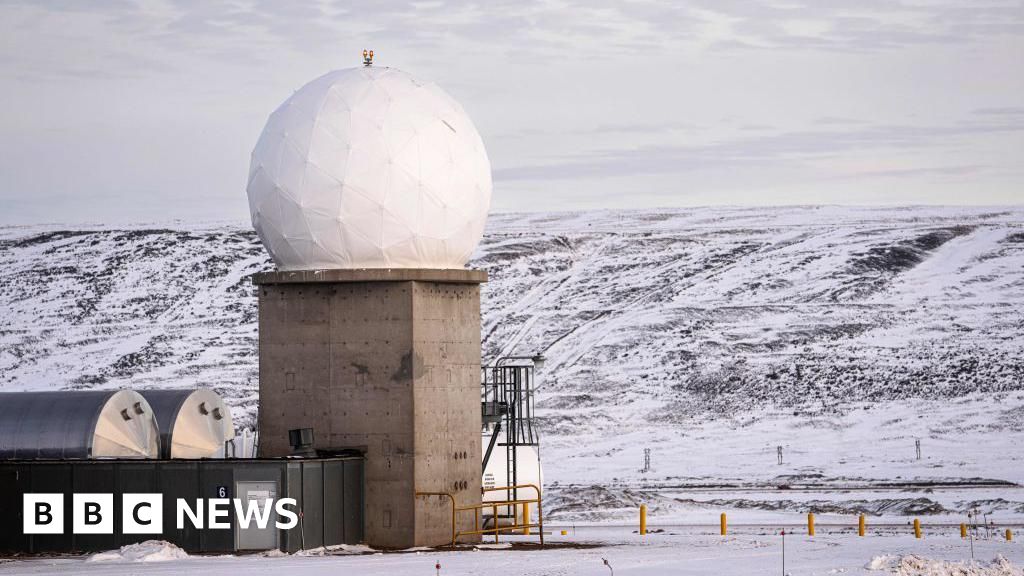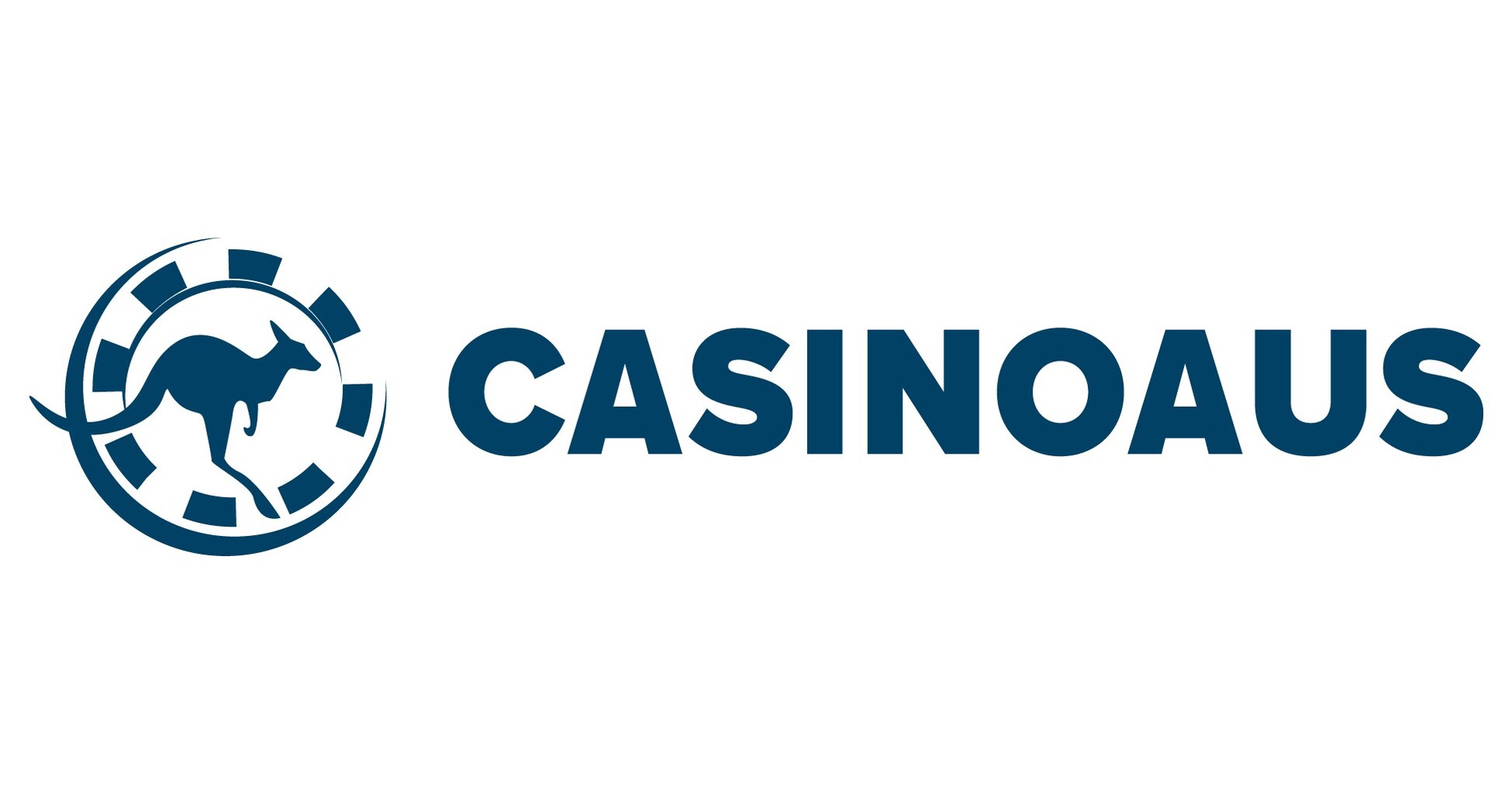Fitness
Australia joins defence exercise in contested South China Sea after Philippines deal with China to ease tensions
In short:
Australia, the US, Canada and the Philippines will hold a joint exercise in the South China Sea.
The ABC understands the Australian Defence Force has sent a surveillance aircraft to join the exercise.
What’s next?
The exercises are almost certain to draw an angry response from Beijing, which claims almost the entirety of the South China Sea as its own territory.
Australia will join another combined military drill in the contested waters of the South China Sea, where there have been a series of increasingly dangerous confrontations between China and the Philippines.
The latest joint maritime exercise will be conducted alongside Canada, the Philippines, and the United States, with Australia deploying a surveillance aircraft but no warship.
In a statement all four countries said the drill would “uphold the right to freedom of navigation and overflight” in the region while “demonstrating our collective commitment to strengthen regional and international cooperation in support of a free and open Indo-Pacific”.
The ABC has been told that no Australian warships will participate in this exercise, but that the ADF had instead sent a P8 surveillance aircraft.
It’s not clear exactly where the operation will take place, but the countries said it would occur “within the Philippines’ Exclusive Economic Zone” — a clear indication it will likely be in the waters of the West Philippine Sea.
There have been several clashes between China and the Philippines in the region this year, with China’s coast guard repeatedly using water cannons and barging Philippine vessels in the region.
During one confrontation a Philippine sailor lost a finger after a Chinese ship intentionally rammed a Philippines vessel trying to resupply a naval ship which it deliberately ground on the Second Thomas Shoal in order to stake its claim to the territory.
Last month the two countries struck an agreement to “jointly manage maritime disputes and reduce tensions” in the area.
But elements of that agreement were quickly contested publicly by both countries. China said under the pact it would get “prior notification” for any resupply missions in Second Thomas Shoal, which the Philippines said was false.
The exercises are almost certain to draw an angry response from China, which claims almost the entirety of the South China Sea as its own territory.
Australia joined a similar exercise with the Philippines, the US and Japan in April this year and Beijing responded with its own air and naval patrol in the region.
A 2016 ruling by the Permanent Court of Arbitration invalidated China’s claims of sovereignty over the sea, where the Philippines, Brunei, Malaysia, Taiwan and Vietnam also have competing territorial claims.
All four countries taking part in the drill pointed to that judgement in their joint statements, saying the 2016 ruling was “a final and legally binding decision on the parties to the dispute.”
“We stand together to address common maritime challenges and underscore our shared dedication to upholding international law and the rules-based order,” they said.
Defence expert Liz Buchanan says Canada’s participation in the exercise is significant, and appears to be playing a greater role than Australia.
“There has been some anxiety in Canada, with Ottawa feeling somewhat left behind in the Indo-Pacific great game, that now appears to be unwarranted: Canada will outdo Canberra in this maritime activity,” she said.
“Australia, the heart of the Indo-Pacific, appears only able to muster a P8. Surely even Canada will rustle up a boat.”






